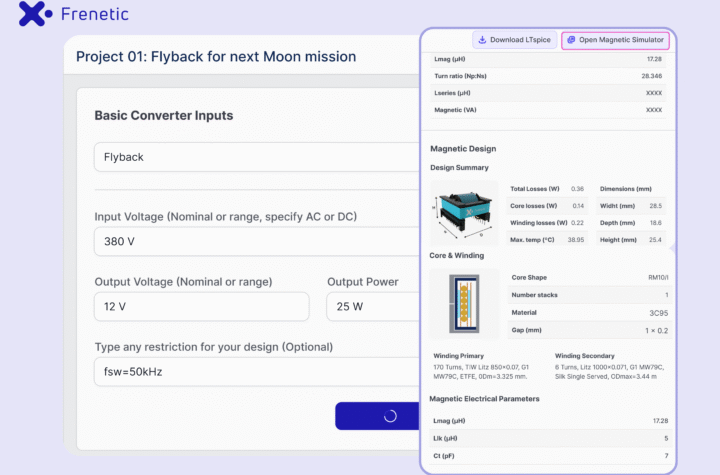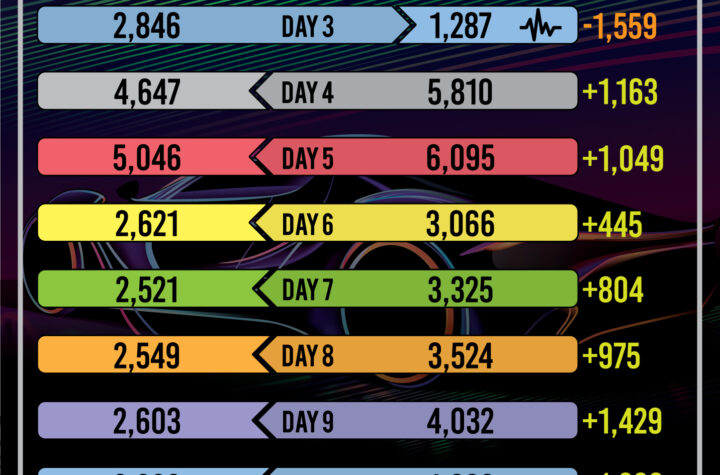
Netherlands-based TNO Automotive Safety Solutions or TASS, is collaborating very closely with an alliance called the Partnership for Dummy Technology and Biomechanics (PDB) that includes five original equipment manufacturers Audi, BMW, DaimlerChrysler, Porsche and Volkswagen. This alliance helps TASS to share dummy component and sled test data for its MADYMO software package.
Nick Palmen of Automotive Industries asked TASS chief executive officer, John Cooper to share his insights about the future of such software.
Cooper: For software TASS develops code that is applied to the safety of occupants and pedestrians in transport related safety conditions. This is known as the MADYMO suite of software. Historically MADYMO developed an explicit solver and this will continue to be a major activity in the future. Recently MADYMO has developed pre and post processing capability that will continue to be developed to a very high level. The direction taken and future focus is to develop a solution based software package that provides optimal solutions to an increasingly more difficult set of design condition. The user will define the problem and the MADYMO software will develop a design specification that meets or exceeds the requirements.
In engineering services TASS supports the use and application of the MADYMO software by providing on-site support or support through an extensive office network strategically based on a global basis. Our intention is to get closer to the customer and provide process support and development methodologies as well as supporting the software.
For systems integration TASS provides a comprehensive range of support from small specific projects to full program development. Many customers have this capability within their own organizations which TASS then compliments however; there are a significant number of customers who use the TASS capability. A major customer attraction with TASS is that it is an independent system provider and can provide objective solutions for the complete system
TASS has a very strong history in testing through its direct connection with TNO. Test services provided included full scale crash testing, sled testing, component testing and homologation testing. Test services are provided by a state of the art crash facility based in Delft, the Netherlands. With respect to testing the objective is to further integrate the role of virtual testing into the development process which will require an increase in interaction with testing. New methods and processes are being developed to compliment this development
AI: Please tell us a little about the design and crash simulation that is possible with your MADYMO software.
Vehicle manufactures have to meet ever increasingly more complex legislation with an increasing number of design points. MADYMO can be used efficiently in large scale problems using an optimization process when used in conjunction with DOE software (such as Mode Frontier). Recent advancements in the MADYMO allow accident reconstruction cases to be simulated. A major topic of current research is the development of active restraint systems
AI: What are the benefits of your participation in the PDB project?
The major benefit of working with the PDB is that TASS is able to develop the product to meet the specific customer requirements. This is a major objective of TASS. In the case of PDB they had defined a more detailed set of requirements for virtual dummies. This extra set of requirements was incorporated into the existing test data used by MADYMO to develop dummies.
AI: What are some of the new challenges TASS faces in providing safety solutions to the automotive sector?
The new challenges are very simple. Restraint systems must meet increasingly more complex legislation and requirements, whilst development cost and time has to be reduced. The effect of both has a compound impact on all companies involved with virtual development.













More Stories
Frenetic employs AI and ML to increase speed, accuracy and usability of cloud-based magnetics service
“บางกอก มอเตอร์โชว์”ครั้งที่ 46 ค่ายรถเผยยอดจองรวม 7.9 หมื่นคัน โตเพิ่ม 44.8% มั่นใจช่วยกระตุ้นตลาดรถยนต์ปี 2568
Milliken & Company: Enhancing Polymers and Elevating Performance at K 2025 Trade Fair